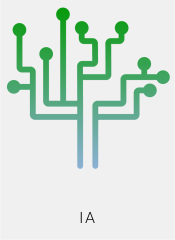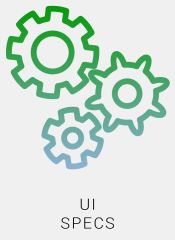



The challenge
The University of Melbourne’s (UoM) web presence had grown organically over time to become an unwieldy, ungoverned multitude of websites developed from a vast range of different audience and business needs, across faculties, schools and affiliated organisations.
The challenge was to develop a framework to guide an integrated and strategic new web presence.
Approach
We conducted workshops and an online survey with 300 stakeholders including researchers, lecturers, tutors, graduates and undergraduates who owned or used the many websites to work out how to consolidate and simplify information delivery.
By taking a systematic approach we were able to develop a web strategy underpinned by a robust, connected and integrated information delivery model.
This model proposed an “ecosystem” of sites designed to meet the needs of 15 different user groups, and was supported by consistent, logical information structure, functional descriptions and page layouts, all of which were rigorously tested with 20 stakeholders representative of users.
I know straightaway where to go.
Outcomes
The solution to the complex needs of the University of Melbourne stakeholders was a smart, integrated, and strategic framework that was achieved through:
– a consistent interface which met UoM brand and sub-brand requirements
– pushing important content and data through multiple, connected and integrated systems, channels and platforms
– aggregation, central management and syndication of core content across University sites
– hubs providing priority audience and themes for ‘Business@Melb’, ‘Research@Melb’, ‘Alumni@Melb’.
– partitioning of external and internal audiences through separate, dedicated channels for a personalised experience
– directories of like content to allow searching, browsing and syndication to multiple locations
– independently branded affiliate and institute sites
– associated sites comprising unique and syndicated content.

